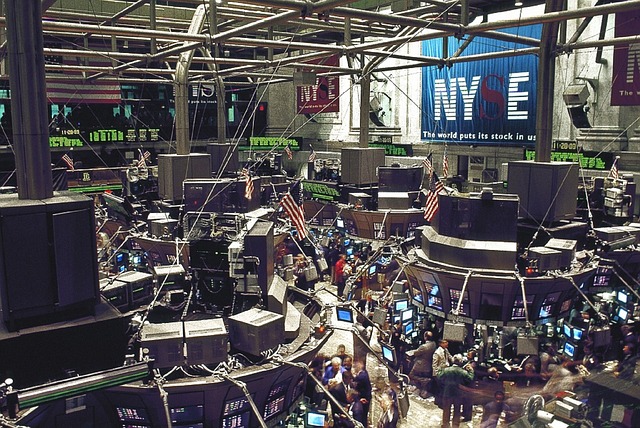SSGA-SPDR: Positioning for US Equity Performance Beyond the Election
SSGA-SPDR: Positioning for US Equity Performance Beyond the Election

While the level of uncertainty surrounding the US presidential election may have narrowed in recent weeks, there are still many investors who, given the upset of the 2016 election, have preferred to sit out the campaign. History tells us that, on average, US equities rise in the month after the election, although the strength of that rise has varied. In the table below we show returns over the last 70 years under different political scenarios.
S&P 500 Post-Election Average Performance (1948 - 2017, Cumulative %)
Assuming an uncontested election result, and therefore political certainty, investors may want to ensure their US equities holdings are at least up to weight, especially as any announcement of a successful vaccine or new fiscal stimulus package could cause a sharp bounce in the markets.
The US remains our preferred region
We believe US equities continue to offer the safest haven in the near term (relative to other regions). US equities are supported by the bias towards corporate quality, in particular balance sheet strength, which we believe is helpful in the more difficult economic environment. There are also important defensive benefits from the country’s huge domestic market and diversified economy as well as the composition of its corporate structure.
US employment has continued to rebound while consumers remain resilient as evidenced by the strong consumer confidence index and positive retail sales. Monetary policy remains accommodative and, while additional fiscal stimulus has disappointed so far, there remains optimism that a package can be agreed upon after the election. Outside the US, the picture is a little more mixed.
In the longer term, US equities continue to look like a relatively attractive asset class. There has been a strengthening of structural, technological trends during the COVID-19 crisis that could benefit many industries. There is also a reasonable amount of slack in the economy, which means it could run at a faster pace than would normally be expected over next few years. Furthermore, there is an opportunity for companies to increase efficiency through a greater reliance on technology. From a valuation perspective, historically low bond yields offer a cushion against elevated uncertainty, allowing companies to access financing more easily.




